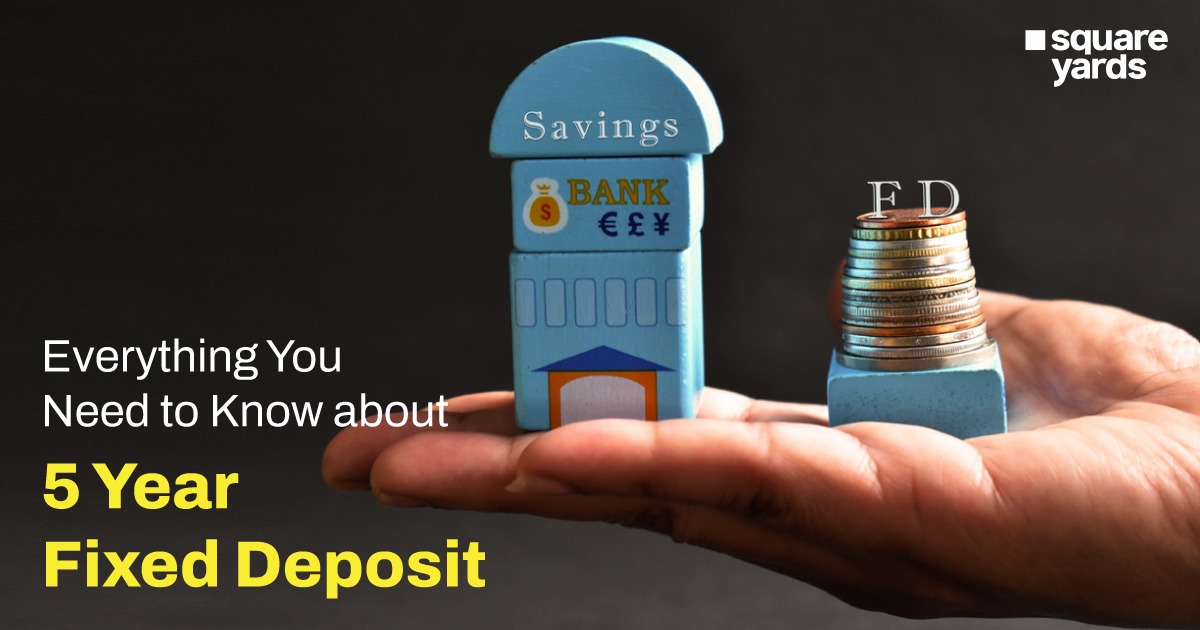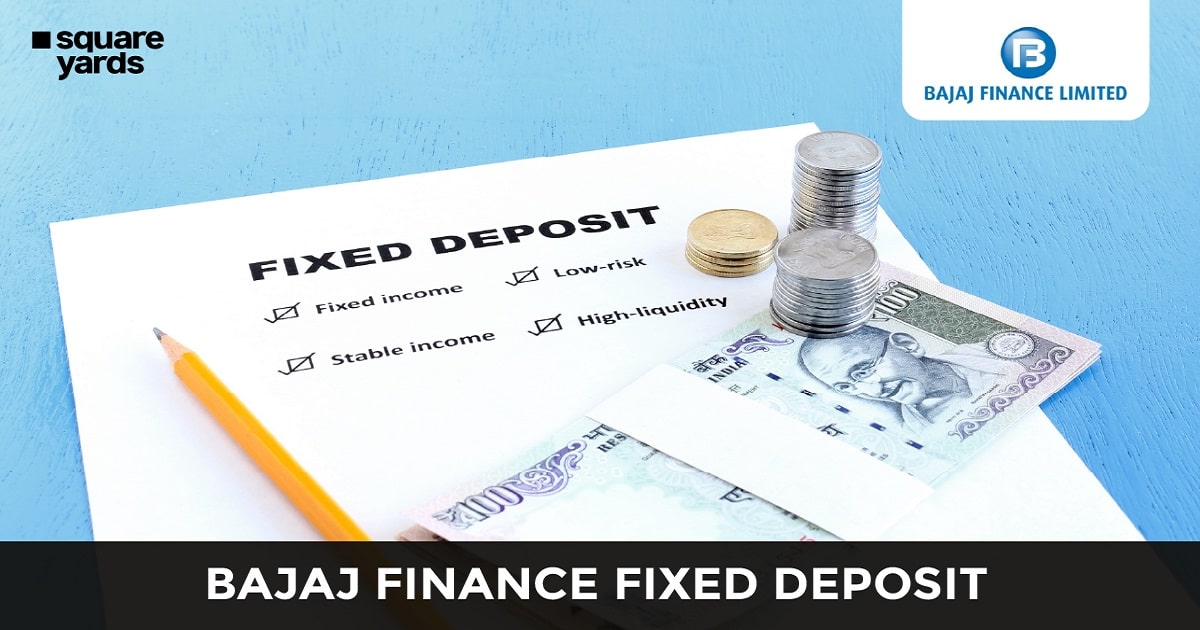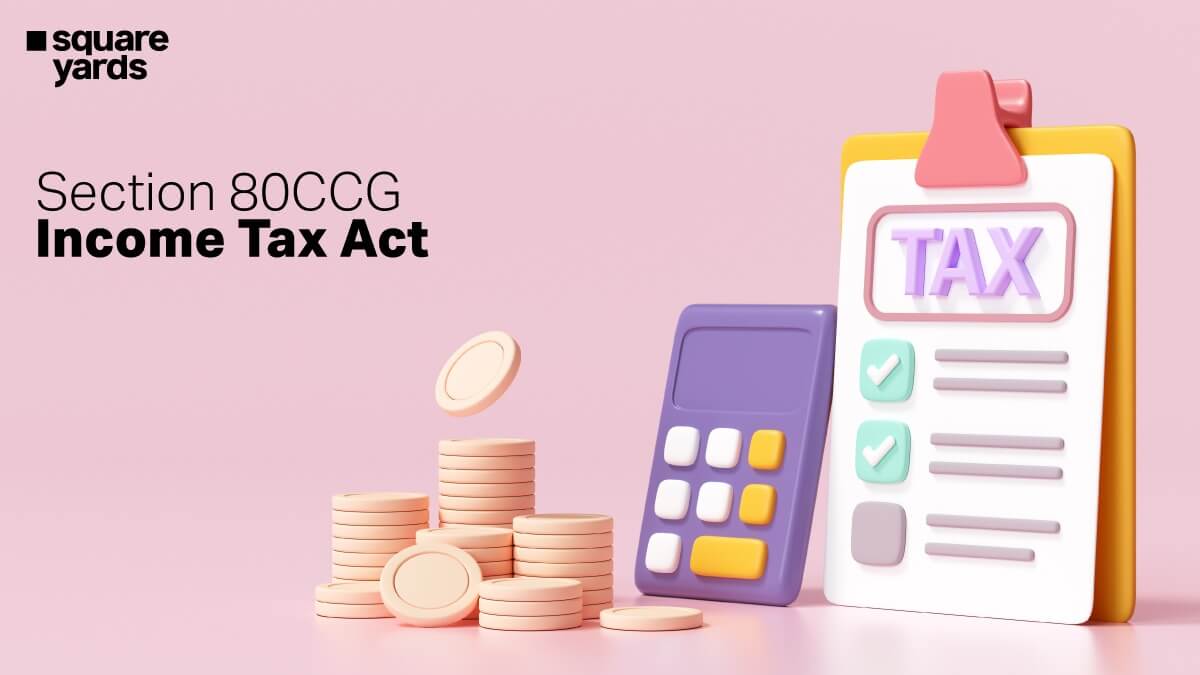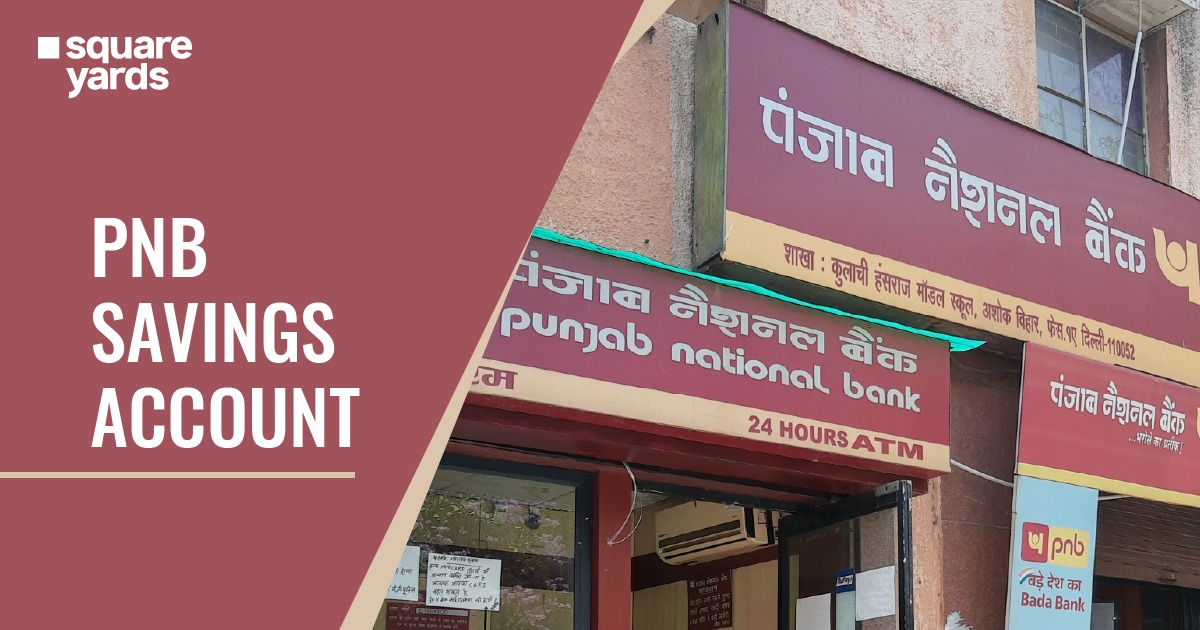The apex financial institution of India, the Reserve Bank of India, formulates a monetary policy for the easy and smooth functioning of financial matters in the country. The main focus is to maintain liquidity flow and cost of credit in the country with the help of the RBI Monetary Policy. It majorly focuses on the factors which target other banks along with citizens of India. And the over-the-top objective of Monetary policy is to control inflation in the decided range of 4 (+/-2).
But, there is much more in RBI Monetary Policy. So, without further ado! Let’s hop right into the piece.
Table of contents
- What is RBI Monetary Policy?
- Objectives of Monetary Policy
- Regulation of Imports and Exports
- Promoting Savings and Investment
- To Manage the Cycle of Businesses
- Financial Support in the Development of Infrastructure across the Country
- Works as Employment Generation
- Aggregate demand is regulated
- Management and Development of the Bank Sector
- Additional Funds for Crucial Sectors
- Monetary Policy Tools
- Market Stabilization Scheme (MSS)
- Monetary Policy Transmission
- FAQ’s about RBI Monetary Policy
What is RBI Monetary Policy?
As the name suggests, the Monetary Policy of RBI is specifically designed by RBI for financial matters across countries involving Banks, Citizens, cash flow etc.RBI release Monetary Policy almost 4 times a year to specify banks and citizens about changes in any of the rates like Repo Rate, Reverse Repo Rate, Bank Rate, Marginal Standing Facility Rate etc. It is specifically designed to keep inflation above 2 and below 6, specified as 4 plus/minus 2.
The monetary policy of RBI comes in handy when there is a shortage in liquidity with banks, so they take up loans from the bank at rates specified by the RBI. It has distinct instruments like interest rates, bank rates, currency flow in the country, OMOs or Open Market Operations, CRR, SLR etc.
Objectives of Monetary Policy
There are some specific objectives achieved by formulating monetary policy other than achieving stability in price and rate of exchange along with overall economic growth.
Regulation of Imports and Exports
Monetary Policy of RBI helps export-based firms to secure loans at lower interest rates to reduce imports and enhance exports. This way, the balance of payments or BOPs gets improved.
Promoting Savings and Investment
As the RBI Monetary Policy regulates the inflation and interest rates across the country, it also influences the investment and savings of the citizens. A high-interest rate reflects a chance of more return, thus increasing a good chance to invest and save more. It thus maintains a healthy cycle of cash flow in the country.
To Manage the Cycle of Businesses
There are mainly two cycles in a business, one is boom, and the other is depression. So, to maintain these cycles, RBI Monetary Policy works as an excellent tool to handle the credit to regulate money-supply. Growing inflation can be regulated with the help of reducing liquidity in the market. In other words, if the market sees an upsurge in money-supply, the economy’s demand economy also witnesses a rise.
Financial Support in the Development of Infrastructure across the Country
To support the ongoing need of today’s time, it becomes necessary to develop infrastructure with the same gush. So, the Monetary Policy of RBI also provides additional funds for developing infrastructure across the country.
Works as Employment Generation
Small and Medium Enterprises (SMEs) are growing quickly. They need huge investments to develop their business on a large scale. So, they can easily secure loans at lower interest rates decided by the monetary policy of RBI. This, in turn, will also generate great employment opportunities in the country.
Aggregate demand is regulated
As the monetary policy regulates the demand for funds in the economy, it can also be used by the officials to maintain an equilibrium between the supply and demand of services and goods. The increase in credit amount and reduction in rates of interest, gives huge opportunities for people to obtain loans for purchasing services and goods. And the officials can reverse the situation as well. They can reduce the credit amount and increase the interest rate to decrease the economy’s demand.
Management and Development of the Bank Sector
The whole banking system in the country is managed by the RBI. So, to make the banking services reachable far across, RBI includes other banks to open branches in rural areas to fulfil agricultural development needs. In addition, the Government of India has also set up some Cooperative Banks and RRBs or Regional Rural Banks to help the farmers to receive financial assistance with no hassle and less time.
Additional Funds for Crucial Sectors
There are some priority or crucial sectors which need financial assistance to develop at the same rate compared to other sectors. These sectors include agriculture, small-scale industries, underdeveloped sections of society etc. So, for their development, the Monetary Policy of RBI provides additional funds to grow and emerge fully.
Monetary Policy Tools
RBI reduces the money supply or increases cost funding to regulate inflation in the country. It is done to maintain the equilibrium between the demand and supply of goods. And to do so, there are mainly two tools which come in handy, Qualitative and Quantitative.
Qualitative Tools
These tools are those which directly affect the supply of money in the whole country, affecting sectors like agriculture, manufacturing, housing, automobile etc.
Reserve Ratio
Reserve Bank has fixed some assets which the banks need to keep with them either as cash reserves or approved assets and they are:-
- CRR(Cash Reserve Ratio)- The banks have to keep these assets in cash form with the RBI. Banks are not allowed to use this liquidity amount in any way like lending it, earning any interest or profit etc.
- SLR(Statutory Liquidity Ratio)- The banks have to keep aside these assets in the form of RBI-approved securities like Government Securities or gold. But, these are different from CRR as banks can earn an interest rate on them, but the amount of interest earned must be low.
Open Market Operations
RBI sells and buys government securities in the open market to regulate the money supply. When RBI sells the securities, the liquidity earned is absorbed from the market but vice-versa happens when RBI buys the securities. RBI buys the securities to regulate inflation. The main aim of OMOs is to keep a check on limited liquidity mismatch in the market, owing to the flow of foreign capital in the country.
Qualitative Tools
These tools, unlike quantitative ones, target specific sectors in the economy to regulate the money supply.
Moral Suasion
RBI persuades banks to invest their money by buying G-Secs(Government securities) rather than some specific sectors.
Selective Control of Credit
Credit is controlled by not lending to only some industrial sectors or businesses.
Requirements of Margin
RBI suggests a particular amount of margin against collateral which impacts the borrowing power of customers. So, if the RBI raises the margin, customers will automatically be able to borrow a lesser amount. Thus, demand is controlled.
Don’t miss It!
| Repo Rate | What is Current Repo Rate? |
| Reverse Repo Rate | What is Reverse Repo Rate? |
| Bank Rate | What is Bank Rate? |
| Repo Rate and EMI | Difference Between Repo Rate and EMI |
| Marginal Standing Facility | Marginal Standing Facility Rate in India |
Market Stabilization Scheme (MSS)
There are some specific Policy Rares under this category mentioned below:-
LAF or Liquidity Adjustment Facility
The central bank RBI uses this as an instrument to adjust cash flow and liquidity in the economy. There are mainly two types of LAF:-
- Repo Rate:- This is the rate at which banks get loans from RBI for a short-time period against a repurchase agreement. Under it, RBI asks banks to give G-Secs(Government Securities) as collateral and have the opportunity to purchase them back after a fixed time period.
- Reverse Repo Rate:- This is the opposite of Repo Rate. In this, RBI remunerates other banks to keep some additional funds in the RBI.
BR or Bank Rate
It is the rate at which RBI issues loans to other banks for a longer period of time. But, right now, the RBI does not have full control over the money supply. It uses the Repo rate as one of the important tools to develop control over the money supply. This rate is also used to specify a penalty over the banks if it doesn’t maintain the suggested CRR or SLR.
MSF or Marginal Standing Facility Rate
It is the rate at which RBI lends money to other banks at the rate of interest available under the rep policy. Banks that avail MSF Rate can use a maximum of 1% of SLR securities.
Monetary Policy Transmission
There are some key points which affect borrowers’ capacity to attain full benefits from the repo cut rate of RBI:-
- The rate cuts will only be reflected in the old deposit rates, not in the old ones. The deposit amount made sometime before the cuts are fixed at the rates and can’t be reduced or altered.
- Banks do not get affected by the rate cuts of RBI as the apex bank is not their sole supplier of funds.
- India still lacks a fully developed corporate bond market. Therefore, corporates only have banks as their borrowing partner.
- Banks generally do not lower their rates as higher lending rates will give them high profit.
- The accounts in the post office, DPPF and some small instruments of savings are accessible at higher rates of interest, and in case there is a slight chance of a reduction in deposit rates, customers have the option to move their funds.
What can be Done to Enhance Monetary Transmission –
The steps mentioned below are taken up by the government and RBI to quicken the transmission of monetary policy.
- To enhance monetary transmission, RBI wants banks to change their method of calculation of base rate to fund’s marginal costs. from the average cost of funds.
- Government aims to get down the interest rate on small savings accounts. It can be a long-lasting solution if these small savings rates are interlinked with the bank rate.
Albeit banks raise the lending rates instantly after the rate cut of RBI, the apex institution cannot regulate inflation because of these reasons –
- The central government has a large financial deficit.
- There are some supply-side issues like prices of crude oil, issues in marketing of agriculture etc.
- There are still some rural areas where the economy is yet non-monetised.
- There is a huge gap between banks and borrowers which increases a huge dependency on money-lenders which the RBI does not control.
REMARKS – There are some other policies which have to be kept in mind while formulating proper money-supply supply, namely, Dear Money or Contractionary Monetary Policy, Fiscal Policy, Supply-side Inflation, and Demand-Pull inflation etc. We can cover them in-depth in future.
FAQ’s about RBI Monetary Policy
Q1. How many times does the RBI publish its monetary policy?
RBI publishes its monetary policy at least 4 times a year. This duration can vary as per the demand of the market and the urgency to control inflation within the country.
Q2. How many members are there in RBI monetary policy?
The Monetary Policy Committee of RBI has a total of 6-member to reach the required policy rates for the smooth functioning of the country’s economy.
Q3. Who is in control of monetary policy?
The monetary Policy of RBI is controlled fully by the Governor of the Reserve Bank of India.
Q4. How is a monetary policy implemented?
Monetary Policy is implemented using Open Market Operations(OMOs) by adjusting the money supply in the economy. For Eg, The central bank or RBI can sell G-Secs or government securities under the agreement of ‘Sale or Repurchase, in turn taking money from the commercial banks. This will thus provide liquidity in the hands of central banks to provide easy cash flow in the economy.


































